Don't panic, it won't be a proper piano lesson. Because I only know how to listen to music, not write or teach it. But because it's a musical instrument made of wood, I know a bit about it and I thought I'd tell you about it. And to start off with a bang, did you know that the piano is one of the most complicated instruments? It has over 2500 component parts.
The Venetian Bartolomeo di Francesco Cristofori invented the piano in 1709
The piano is a stringed instrument that was invented in 1709 by Bartolomeo di Francesco Cristofori of Padua, Republic of Venice. He was a harpsichord maker, an instrument considered the ancestor of the piano. The name Cristofori gave to the new instrument was gravicembalo with piano and forte i.e. harpsichord with piano and forte. Unlike the harpsichord, the new instrument could increase or decrease the intensity of the sound, depending on the pressure applied to the keys. Being long and cumbersome, the name was shortened over time to piano and forte - piano, finally reaching the piano - piano.
Like many inventors and artists of the time, Cristofori did not receive recognition in his lifetime. He left Padua for Florence in 1690 at the call of Prince Ferdinando di Medici, who gave him his harpsichords. After the latter's death, Cristofori remained in Florence to look after the late prince's collection of instruments. The collection contained 84 instruments of which 7 were made by Cristofori. By 1726 he had improved the instrument to bring it very close to what it is today. The first pianos made by Cristofori are today in Metropolitan Museum of Art in New York and in the Musical Instrument Museums of Rome and Leipzig.
Over time the piano has been continually improved and furniture makers have been competing to make the most beautiful models. The first great manufacturer was Steinway, a German emigrant to America. Together with his sons he founded the company Steinway&Sonswhich has become famous all over the world.

Maple wood, spruce and many finish layers
The piano is built from the best materials, not only for its special look but especially for its special sound. The body, where the sound box is, is made of long maple veneers that are glued, bent on special moulds and reinforced with spruce wood. The frame is made of 22 sheets of veneer 7.5 m long. The glue is applied to the veneer sheets with special machines. After gluing, it is put into the mould to take the desired shape and finally reinforced with spruce elements. Wood bending is done in the same way as when Steinway founded the company.
To become a piano, the box obtained must finished, after which all the other elements are fitted: plate, strings, hammers, legs, lid, etc. The finishing process is very laborious. The wood is highly polished whiteafter which it is bleached. It is then coloured and several coats of primer are applied, with sanding between them. Between coats glazes are applied for antiquing and colour matching. Finally, apply two coats of varnish. After application of all materials, it is left 21 days to dry. Then, to achieve that piano-like shine, it is hand polished. Learn more about piano making here.
Apart from Stenway&Sons, which is the largest piano manufacturing company, there are other famous companies. Famous pianos make Baldwin - in America, Yamaha - in Japan, Bosendorfer - in Austria, Fazioli - in Italy.
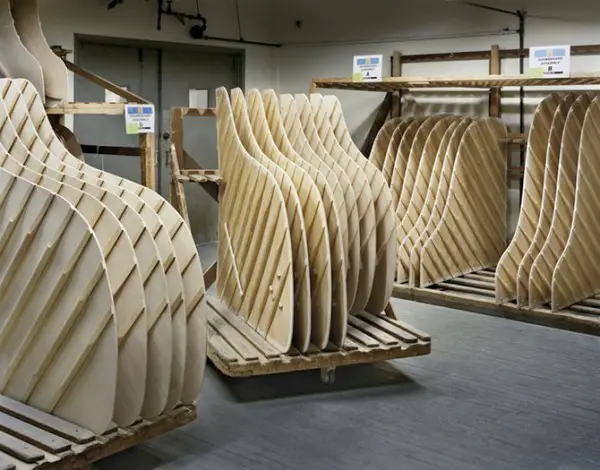
photo source: whattodowhenyour-bored.com
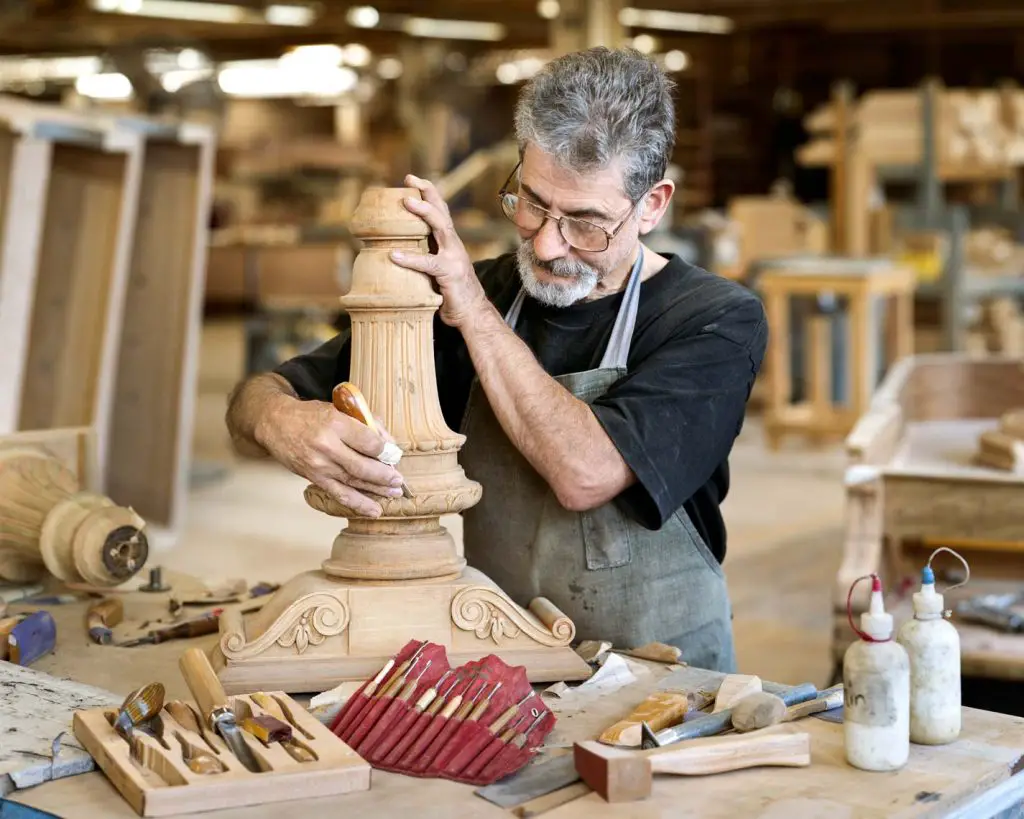

The melodies played on solo piano or with orchestra delight us, whether classical or modern. And for taking the patience to get this far, I reward you with a beautiful piano version of Let her Go.























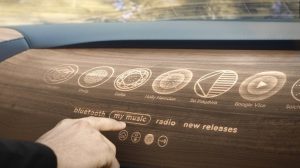
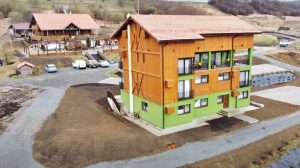
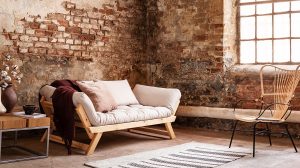
Add comment